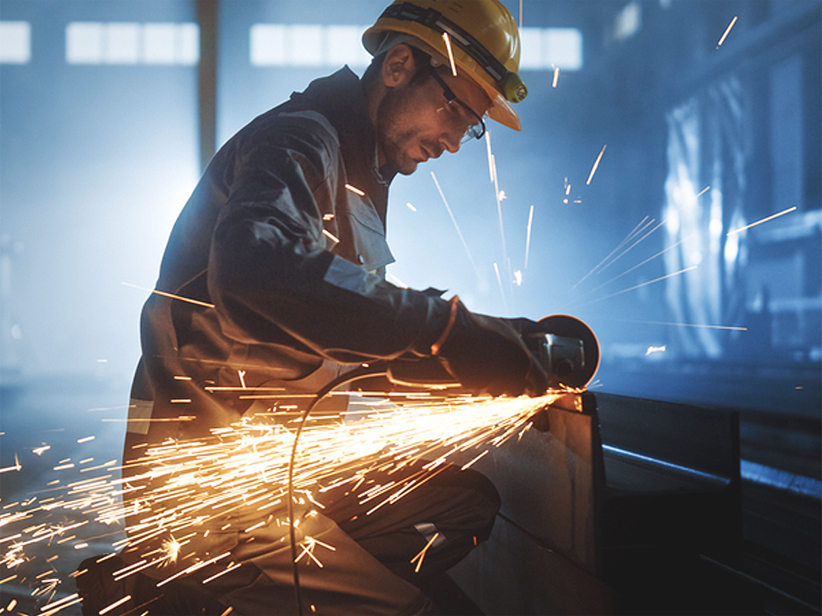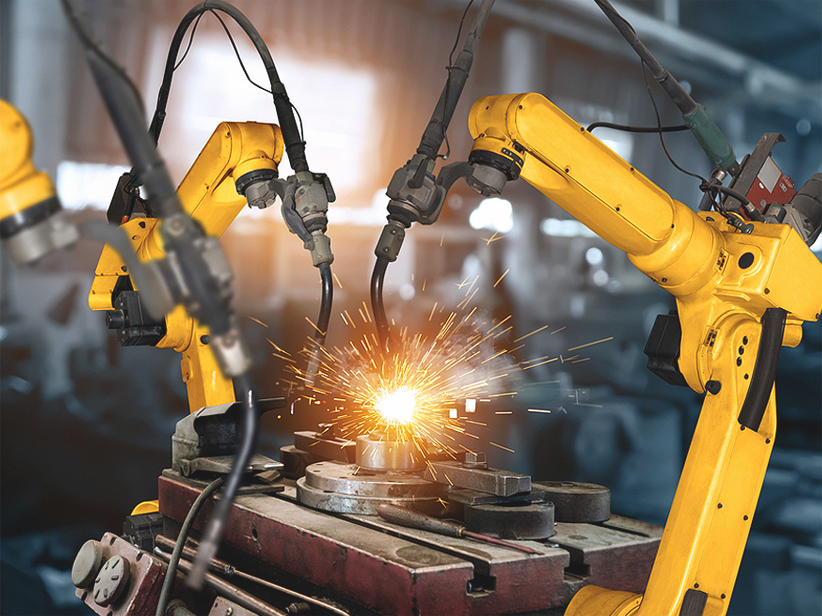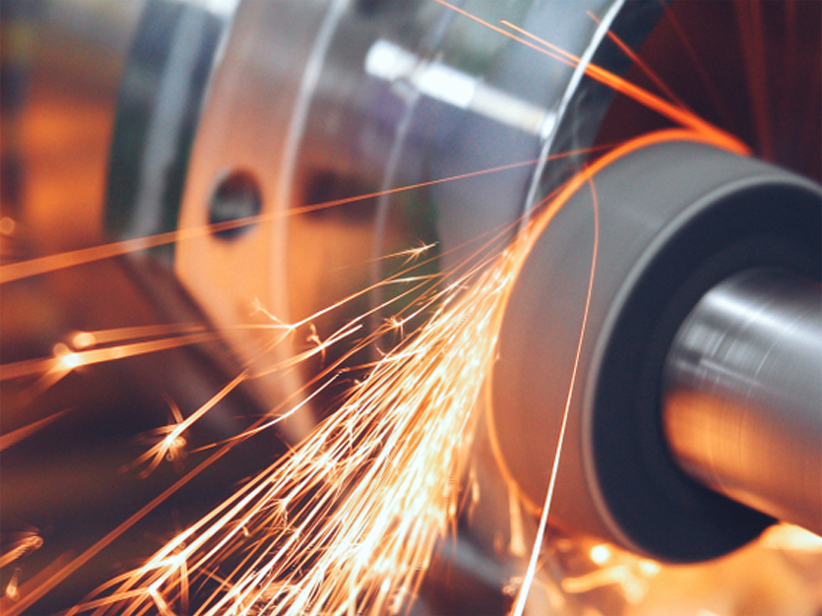Differences between Seamless Steel Pipes and Welded Pipes
Seamless steel and welded pipes are widely used in the industrial sector for construction work. Despite sharing differences, each pipe has a high market demand and is manufactured in great amounts. The material used and the manufacturing process separate the pipe from one another.
Seamless steel pipes and welded pipes have their fair share of pros and cons. Understanding the differences between Seamless Steel Pipes and Welded Pipes can be really helpful to anyone. The following article will give you an in-depth idea of the two covering how different they are from each other.
How are they made?
Seamless Steel Pipes are made out of steel ingots that are shaped into a pipe using the hot-rolled, cold-rolled, or cold-drawn process. The hot rolled process starts inside a furnace and then rolls into a pipe of large diameter under high pressure. The cold-drawn forming technology is used for smaller diameters, which is later rolled into the structure by carbon structural steel or alloy structural steel.
On the other hand, Welded Steel Pipes are made using steel strips or plates. Manufacturing them usually starts with bending the pipe and welding them into a circle, square, or any shape. It is, however, needed to pass this pipe through a heat treatment process to enhance its durability further.
Differences between a Seamless Steel Pipe and a Welded Steel Pipe
Let us dive deeper into the topic of discussion by understanding the differences between the two types of pipes.
The appearance of the pipes
Seamless steel pipe has a less smooth surface quality as the raw material used to make them is steel billets. As a result, the rough exterior cannot be smoothed out by the hot rolling process. The finished product can be polished but the defects cannot be eliminated completely.
Welded steel pipe has a much smoother surface compared to a seamless steel pipe as the raw material used is hot roll coils or strips. As a result, these pipes have a better finish and are marked as a better quality option.
Molding Process
Seamless steel varies in diameter and is molded into shape using a rolling process.
On the other hand, it is molded into the desired structure using different welding processes as the name suggests.
Application and usages
Seamless steel pipes have more strength and better pressure capacity, unlike welded steel pipes, and can be used for pressure equipment, hydraulics, nuclear power plant, chemical processing units, and boilers.
In contrast, welded steel pipes do not havlessch pressure capacity than seamless steel pipes making them less reliable. This property makes it a cheaper option which is opted for automobile and electronic industries where the pressure capacity does not matter.
Size difference
For most, seamless steel pipe does not have a few size options. The pipes are manufactured in China and come in 24 inches or less. In addition, it can be expanded using a hot expanding process at the client’s demands.
There is no limitation to the size of a welded steel pipe, making it a flexible choice. It can range from 1 inch up to 100 inches.
Price difference
Seamless pipes are comparatively costlier than welded steel pipes. What set the price are the raw material used and the manufacturing process. Manufacturing seamless steel pipes is costlier and more time-consuming.
Usually, welded pipes come in at a cheaper price tag, but at times it can be expensive based on market demand and supply. However, the welded steel pipes have a cheaper cost of production due to the abundant availability of raw materials.
By now, you should know what pipe to pick and use. Going for a seamless steel pipe is always wise because its good quality and strength make it ideal for any situation. However, welded pipes are cheap and great for general use if the environment favors it.
To explore more on your pipes and stainless steel options visit Venuswire India today. We have 50 years of experience serving industrial-grade stainless steel products for all kinds of needs.







